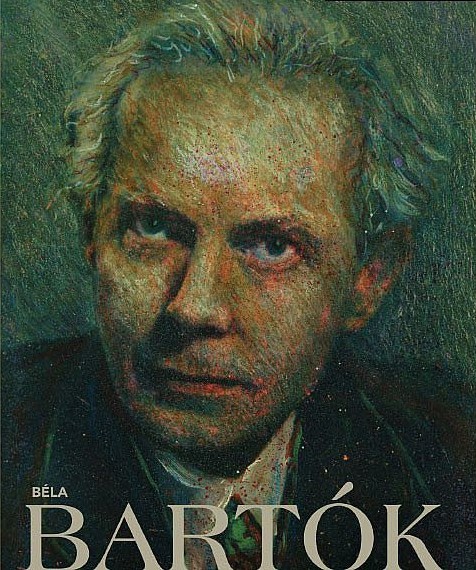
Béla Bartók Romanian Folk Dances for Piano, Sz. 56 BB68
Béla Bartók’s Romanian Folk Dances Sz. 56, BB68 is a suite of six short piano pieces composed in 1915.
Bernard Viktor János Bartók was a Hungarian composer, pianist, and ethnomusicologist, born on 25 March 1881 in the Hungarian town of Nagyszentmiklós (now Sînnicolau Mare in Romania). Bartok passed away on 26 September 1945 in New York from complications of leukemia.
His original, modern music style combined with folk elements make him one of the most important composers of the 20th century. Together with Franz Liszt are considered to be two of Hungary’s greatest composers. Bartók’s collection and analysis of folk music founded comparative musicology, later known as ethnomusicology.
Romanian Folk Dances
Bela Bartok’s Romanian Folk Dances are based on seven Romanian tunes from Transylvania, originally played on fiddle or shepherd’s flute. The original name for the piece was Romanian Folk Dances from Hungary. When Transylvania became part of Romania in 1920, Bartók changed the title of the piece to Romanian Folk Dances. It is nowadays available in the 1971 edition, which uses key signatures although Bartók rarely ever used key signatures.
Universal Edition published the first version for piano in 1918. In 1917, the composer orchestrated this version himself. What’s more Bartók authorized a number of chamber music arrangements (such as Zoltán Székely’s version for violin and piano).
There are six movements to the set of dances. The composer estimates that it will take four minutes and three seconds for a pianist to perform it. However typical pianists will take up to five minutes to perform the set.
List of Bela Bartok’s Romanian Folk Dances
The six movements with their full titles (in Hungarian first, Romanian second, and the English translation in parentheses):
-
Bot tánc / Jocul cu bâtă (Stick Dance)
The melody of the first movement, according to Bartók, came from the Mezőszabad (present-day Voiniceni) village in Transylvania. He first heard it when two gypsy violinists were playing it.
-
Brâul (Sash Dance)
The second movement is a typical traditional Romanian dance which uses a sash or a waistband. This melody came from Egres (present-day Igriș), in the Banat region.
-
Topogó / Pe loc (In One Spot)
The third dance comes also from Egres (Igriș) but its theme is much slower and darker. However its melody recreates Middle Eastern instruments, such as the flute.
-
Bucsumí tánc / Buciumeana (Dance from Bucsum)
The fourth dance is a slow Romania folk dance and came from Bucsony, Alsó-Fehér County (today Bucium, Alba county in Romania).
-
Román polka / Poarga Românească (Romanian Polka)
The fifth dance is an old Romanian quick dance similar to the Polka. It comes from Belényes (present-day Beiuş, in Bihor county), near the border between Hungary and Romania.
-
Aprózó / Mărunțel (Fast Dance)
The sixth and last dance is two distinct melodies played as one movement. The first one comes from Belényes (present-day Beiuș) and the second one comes from the then named Nyagra (present-day Neagra) village. The final two dances are performed without a break in both the orchestral and piano versions.

